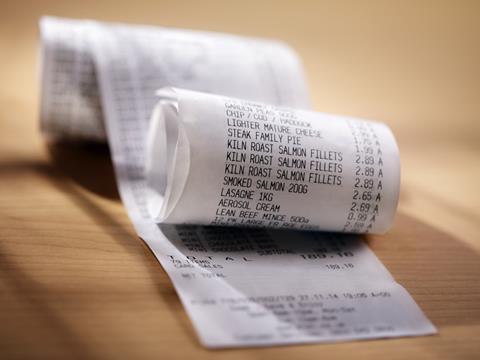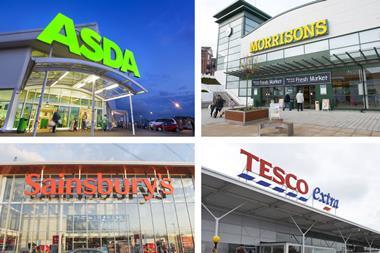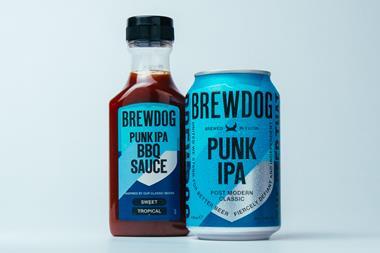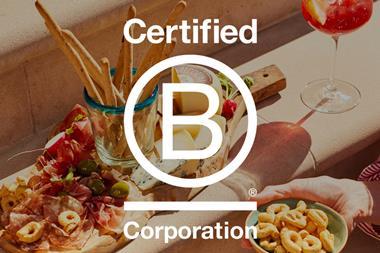
You’ve heard of a Mexican standoff, but probably the longest-running high-stakes standoff has been played out by the grocery industry in recent years.
Since the discounters arrived, the big supermarkets have focused on price. Price promise campaigns put the industry into a price deadlock, with many transfixed by each other’s prices, reluctant to make the first move and pass on cost increases to shoppers.
In 2017 the industry made some small, but long overdue, price changes, mostly by reducing the amount sold on deal and price matches slowly evaporated.
During the last round of price increases, categories first to readjust retail prices to a higher level benefited from forging a new path, while others stayed locked in a price freeze and missed out on market price adjustments. Some retailers managed to break out of the price standoff with more premium prices, leaving the rest to lock horns.
Opinion: How in-store experiences can give Morrisons an edge over its discounter rivals
But it’s not just retailers that have been locked in pricing standoffs: many brands hold similar positions, with deals fuelling a race to the bottom, each one reluctant to drop the competition from their sights and pass on higher costs to customers.
Bold manufacturers with good brand equity might be tempted, like some retailers, to break from the pack. The brand with the higher price could take a hit in the short-term and sacrifice market share, but then reinvest in media to exploit the price gap, build brand equity and opt for a new more premium position.
Over the long term, the lower-priced competitor enjoys its share gain only to find that while sales are great, profits are not. Within a year or two the lower-priced brand then moves up to price match the higher one, often with a less intense stare at the competition’s price. Realising there is more than one option to resolve the price standoff, both now operate with more healthy margins.
If you’re locked in a price standoff how do you improve your position without pulling the trigger or relaxing your aim? Look to promotions, or more specifically the promotions that are not working, for one way out of the deadlock.
Read more: How did Tesco buck the woeful high street trend?
Across more than 4,000 manufacturers, IRI found that more than 500 have negative promotional ROI, so would be better off doing nothing than running these deals. If you’re on the wrong end of this scale, weeding out the ‘bad apples’ (underperforming promotions) will boost margins, with little or no negative impact on performance.
We also found that 87% of deals are giving more away to customers that would have paid full price, than they are to customers buying more or for the first time. Again, if you’re on the wrong end of the spectrum, you could be funding customer purchases you could avoid.
Stephen Jacobs is insight director at IRI



















No comments yet